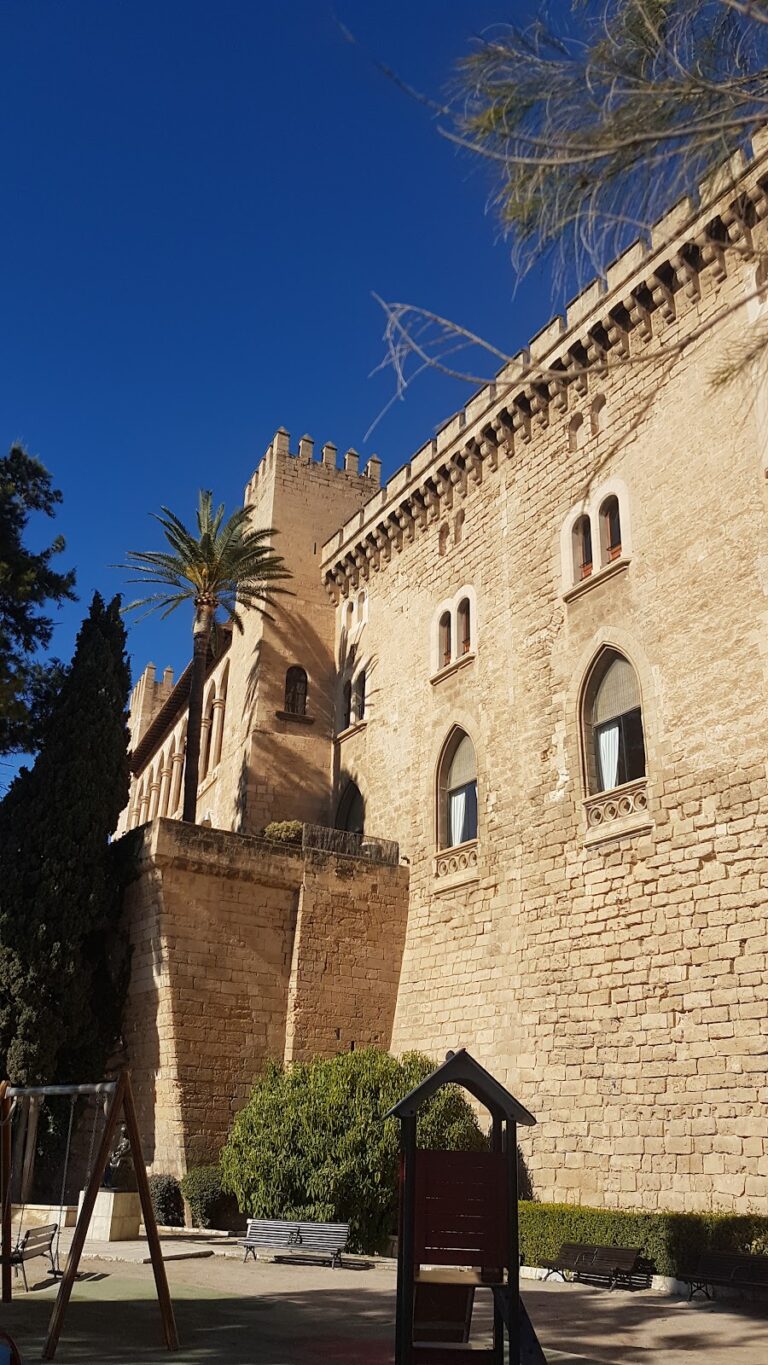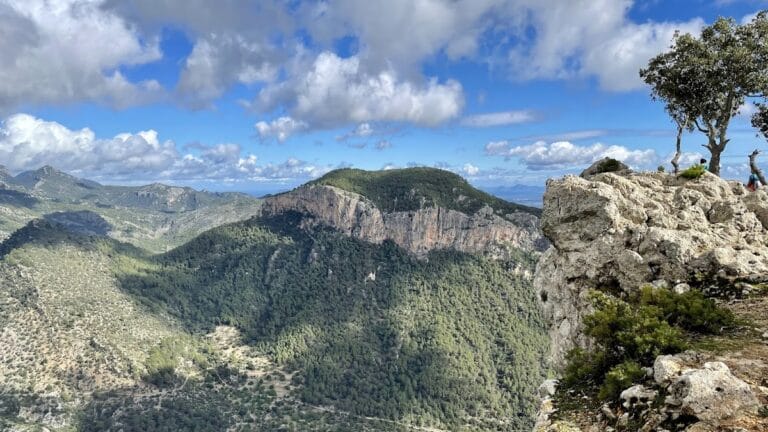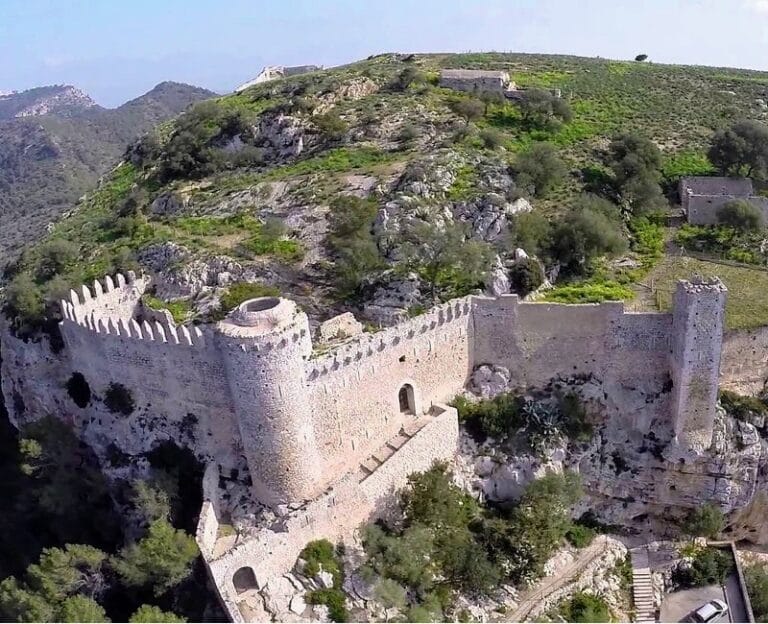Bellver Castle: A Historic Circular Fortress in Mallorca, Spain
Visitor Information
Google Rating: 4.5
Popularity: Very High
Google Maps: View on Google Maps
Official Website: castelldebellver.palma.es
Country: Spain
Civilization: Medieval European
Remains: Military
History
Bellver Castle stands on a hill southwest of Palma, Mallorca, Spain. It was constructed in the early 14th century, around 1300 to 1311, by order of King James II of Mallorca. The castle was intended as a royal residence and court for the Mallorcan kings, marking a significant development in the island’s medieval history. The architect Pere Salvà, known for his work on the Almudaina Palace, led the construction with assistance from Pons Descoll. The castle’s circular design was inspired by the Herodion fortress in Palestine, a unique feature in European medieval architecture.
Throughout the 14th and 15th centuries, Bellver Castle served as a royal home for James II, his successors Sanç and James III, and briefly for King John I of Aragon in 1394. In 1408, King Martin I granted the castle’s lordship to the Carthusian monastery of Valldemossa, which then appointed the castle’s governor. The fortress also played a role in regional conflicts, enduring sieges in 1343 during the Crown of Aragon’s campaign to reclaim Mallorca, in 1391 amid a revolt against the Jewish quarter, and in 1521 during the Germanías rebellion. The 1521 siege was the only successful assault on the castle.
From the late 14th century onward, Bellver Castle increasingly functioned as a prison. It held royal captives after the Battle of Llucmajor in 1349, defeated rebels in 1523, bandits in the 17th century, and political prisoners during the War of Spanish Succession in the early 18th century. In the early 19th century, it detained prisoners from the French War of Independence. Among its notable inmates was Gaspar Melchor de Jovellanos, who was imprisoned there from 1802 to 1808 and produced the first detailed descriptions and plans of the castle. Other political prisoners included François Arago, Luis de Lacy, and Catalan republicans.
In the 20th century, the Second Spanish Republic transferred ownership of Bellver Castle and its surrounding forest to the city of Palma in 1931. The castle was converted into a museum in 1932. During the Spanish Civil War, it was again used as a prison, holding up to 800 Republican detainees who were compelled to build the current access road. Since 1976, the castle has housed the Museum of the History of Palma, preserving its historical legacy and collections.
Remains
Bellver Castle is one of the few circular-plan castles in Europe and the oldest in Spain with this design. It sits atop a 112-meter hill, offering wide views of Palma, the port, the Tramuntana mountains, and the central plain of Mallorca. The main structure consists of a two-story circular building enclosing a central courtyard. Beneath the courtyard lies a large cistern that collects rainwater from the roof and surrounding moat.
The castle’s walls and towers were built primarily from local sandstone called marès, quarried from beneath the hill. Harder stone was brought from nearby areas such as Portals and Santanyí. The circular keep tower, about 25 meters tall with four floors, stands apart from the main drum and connects by a short bridge. Its base is a truncated cone carved from the rock, historically used as a prison known as “the Pot” (l’Olla).
Surrounding the castle is a moat carved into the sandstone, along with a ravelin (a triangular defensive earthwork) topped by a barbican, a countervall, and a covered way. The main gate is protected by a machicolation, a projecting parapet with openings for dropping objects on attackers. The keep tower also retains machicolation corbels. Defensive arrow slits are mostly found on the lower walls.
Inside, the courtyard is ringed on the ground floor by low semicircular arches supported by square columns. Above these is a gallery of pointed Gothic arches resting on octagonal columns. The galleries feature decorative blind triangular motifs alternating with trefoil-shaped openings, similar to those in the Almudaina Palace and the Palace of the Kings of Mallorca in Perpignan. The upper floor contains chambers, a large kitchen, and the chapel of Saint Mark, which includes a Mudéjar-style grille.
Over time, the castle’s battlements and barbican were removed as artillery became common. Gunports were added to the ravelin and barbican for cannon defense. The covered way built in 1713 during the War of Spanish Succession still exists but is in poor condition. The surrounding forest includes stables for the municipal mounted police and a 19th-century chapel dedicated to Saint Alonso Rodríguez, constructed between 1879 and 1885.
Access to Bellver Castle is via a paved road called Polvorí street, originally built to transport artillery. A monumental 19th-century gate in classical historicist style marks the entrance to the forest surrounding the castle. The castle’s preservation allows a clear understanding of its medieval military and residential functions.









